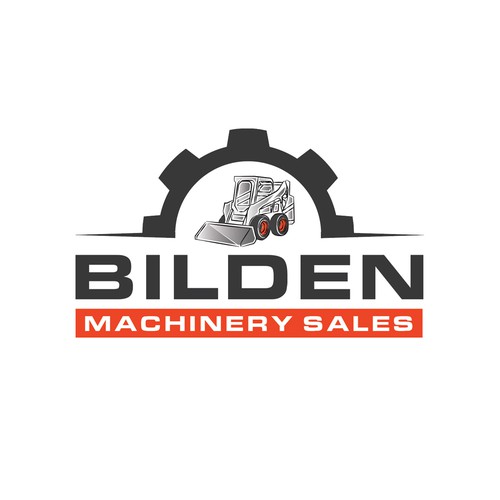A fly ash brick making machine is designed to produce bricks using fly ash, a byproduct of coal combustion in power plants. These machines automate the process of mixing, molding, and curing fly ash bricks, which are known for their strength, lightweight properties, and eco-friendliness. Here’s an overview of their features, types, and applications:

Key Features
Mixing Unit:
- The machine includes a mixing chamber where fly ash is combined with other materials, such as cement, sand, and water, to create a homogeneous mixture.
Molding Process:
- The mixed material is then fed into molds, where it is compressed to form bricks. The molding can be done using hydraulic or mechanical pressure, ensuring uniform size and density.
Curing System:
- After molding, the bricks need to be cured to gain strength. Some machines include a curing chamber or system to facilitate this process, which can involve steam curing or simply air curing.
Control Panel:
- Modern machines come with user-friendly controls that allow operators to monitor and adjust the mixing, molding, and curing processes.
Output Capacity:
- Machines are available in various capacities, from small-scale units for local production to large industrial machines for high-volume manufacturing.
Types of Fly Ash Brick Making Machines
Manual Machines:
- Simple machines that require manual intervention for mixing, molding, and curing, suitable for small-scale production.
Semi-Automatic Machines:
- These machines automate certain processes, such as mixing and molding, while still requiring some manual handling for other steps.
Fully Automatic Machines:
- Designed for large-scale production, these machines automate the entire process, from mixing to curing, and can handle high volumes of production efficiently.
Applications
- Construction Industry: Fly ash bricks are widely used in construction due to their durability, insulation properties, and eco-friendliness.
- Paving and Landscaping: They can also be used for pavements, retaining walls, and other landscaping applications.
Advantages
- Eco-Friendly: Utilizing fly ash reduces waste and helps in recycling industrial byproducts, contributing to sustainable construction practices.
- Cost-Effective: Fly ash bricks are generally cheaper than traditional clay bricks and require less energy for production.
- Strength and Insulation: These bricks offer good strength, thermal insulation, and resistance to fire and water.
Maintenance
Regular maintenance is crucial for optimal performance, which may include:
- Cleaning the mixing and molding components to prevent material buildup.
- Inspecting hydraulic systems and replacing seals as necessary.
- Checking the control systems for safety and functionality.





